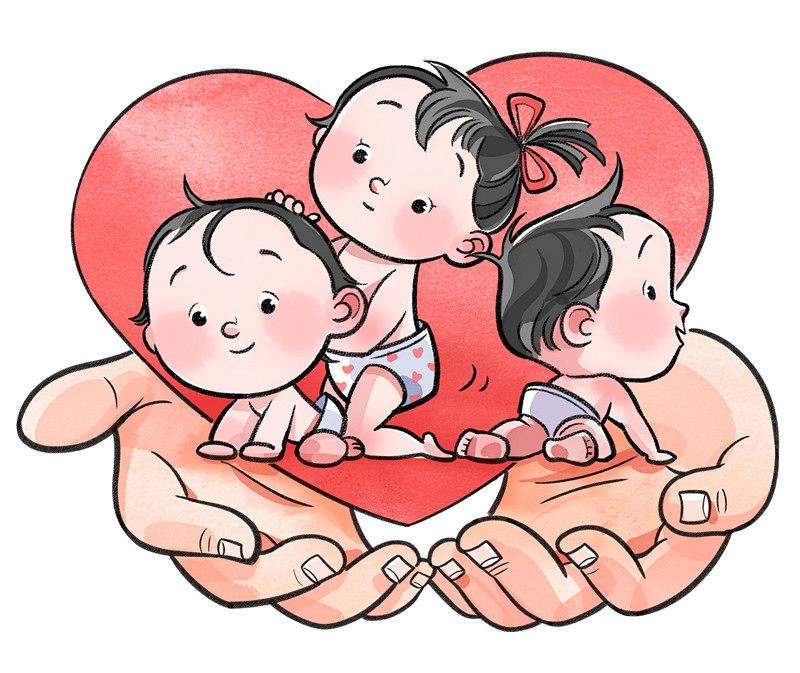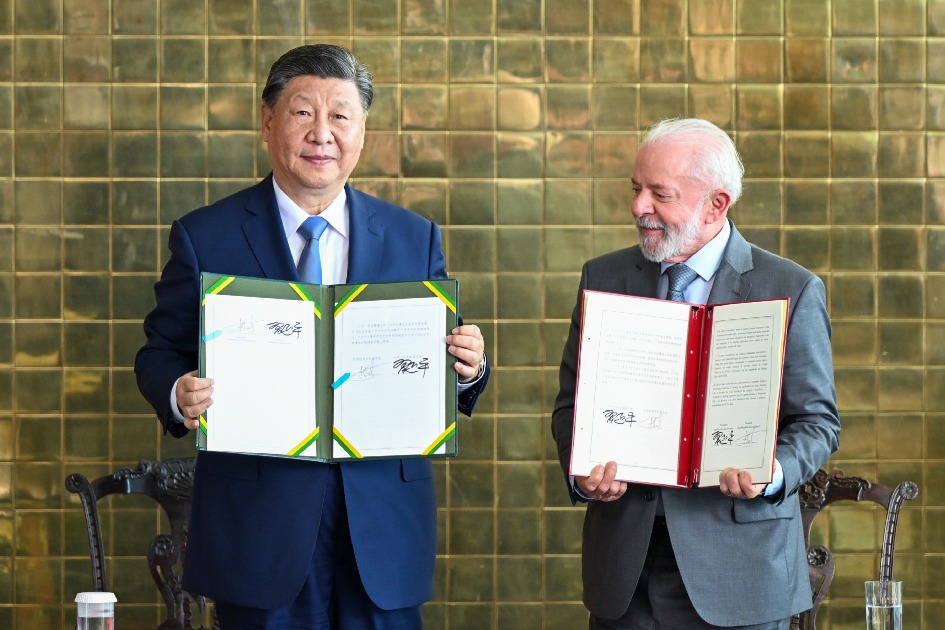Three-child policy needs supporting measures to produce results
By Yuan Xin | China Daily | Updated: 2021-06-02 07:28

China further eased the family planning policy on Monday allowing all couples to have three children, in order to raise the birth rate and offset the impact of the aging population problem.
The decision by the top leadership comes just three weeks after the publication of the seventh national census, which showed the country is facing multiple challenges including slower growth, rising aging population and shrinking working-age population.
The policymakers highlighted the significance of a three-child policy and emphasized the vital role of supporting measures in improving China's demographics and maintaining the country's edge in human resources.
China began easing the family planning policy in 2014, when it allowed couples either or both of whom were the only child of their parents to have two children. It eased the family planning policy further in 2016 when it introduced the universal two-child policy.
However, the past five years have proved that a favorable family planning policy alone is not enough to reverse the declining birth rate trend. To offset the effects of the aging population and promote a healthy population growth rate, the three-child policy should be complimented by three kinds of socioeconomic measures.
First, the family planning policy must advance in accordance with the law. The legislatures and governments at all levels need to review the laws and regulations framed under the universal two-child policy, from the Law on Population and Family Planning to the regulations on social welfare and maternity benefits. Such regulations should be revised to adapt to the three-child policy.
Second, it is necessary to establish a public service system covering child and elderly care. There is also a need to improve infant care services. True, the government has issued many guidelines and standards for childcare services. But it should integrate childcare services for kids in the 0-3-year age group into the public service system.
The government should also improve public kindergartens, and increase investments in the childcare and pre-school education. This will lower the cost of raising children and thus encourage more couples to have two or three children.
Furthermore, the authorities need to guide young adults on issues related to marriage and birth, improve the prenatal and postnatal care services, and take measures to ensure gender equality at the workplace. Parents should be given indirect subsidies in the form of tax breaks, maternity insurance and public housing rentals. And the government should guarantee that the use of assisted reproductive technology to help couples in need is in accordance with the law.
To make the three-child policy effective, the government should also take steps to improve the elderly care services and strengthen the health support system for better coordination among home care and community service providers and professional institutions, and integrate eldercare with medical and health services.
Besides, the government should raise the retirement age, create meaningful employment for retirees, encourage senior citizens to contribute more to society and make sure they have access to good eldercare services.
Third, a fertility-friendly social and cultural environment should be created for couples who are willing to have three children. For example, employers should be asked to ensure that women who choose to have a child are not discriminated against at the workplace, and childcare centers, including those for infants, should be built.
The three-child policy is aimed at improving the country's demographic structure. However, that is possible only if the new family planning policy is accompanied by supporting measures.
The author is a professor at the Institute of Population and Development, Nankai University.
The views don't necessarily reflect those of China Daily.
























